What Is a Fulfillment Center and How Does It Work?
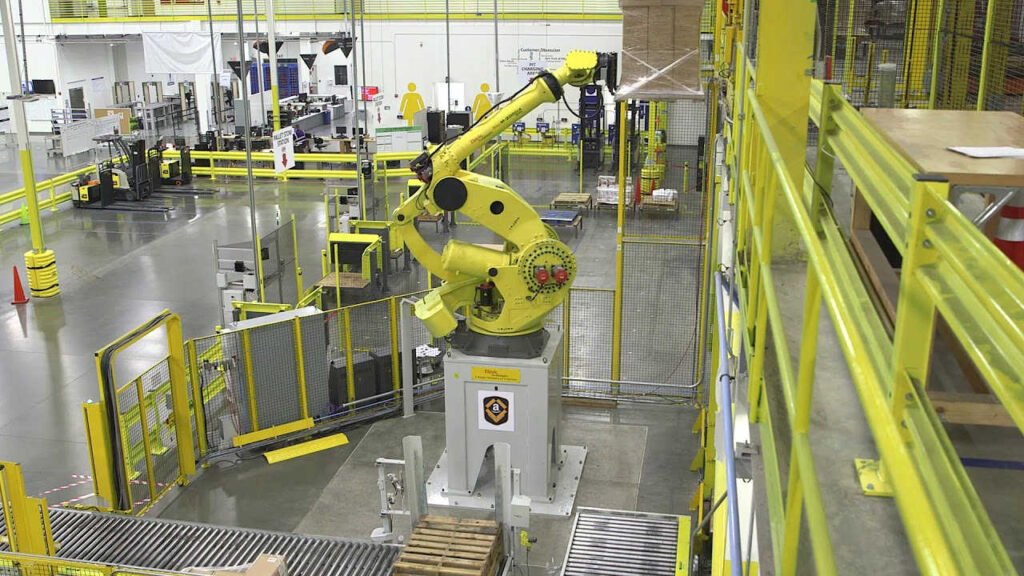
This all-in-one solution for delivery provides a comprehensive fulfillment center that will help you streamline your process and reduce costs. With the Fulfillment Center, you can get quality packing, inventory management, and shipping services to ensure that your products are delivered on time and with the highest customer satisfaction.
What Is a Fulfillment Center?
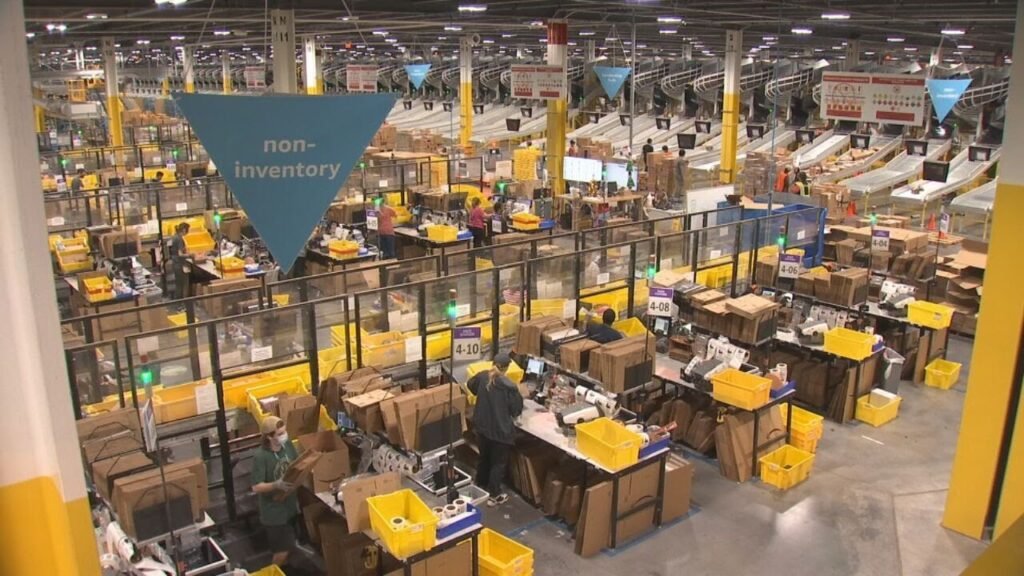
A fulfillment center is a facility that processes, stores, and ships orders on behalf of an online retailer. Fulfillment centers are often located close to major transportation hubs and have an expansive network that allows them to quickly and efficiently deliver customer orders. A fulfillment center is an essential component of the supply chain in today’s online business.
What Purpose Does a Fulfillment Center Serve?
A fulfillment center is a physical warehouse or logistics company that stores and ships products for businesses. Fulfillment centers are designed to help enterprises save time and money by streamlining processes such as inventory management and order fulfillment. Instead of companies having to manage inventory and pack and ship orders independently, a fulfillment center can help with all of these tasks.
Fulfillment centers typically handle all of the following functions:
- Inventory management
- Order processing
- Packing and shipping
- Returns and exchanges
- Tracking orders
The goal of a fulfillment center is to ensure that orders are processed quickly and efficiently. It is achieved by streamlining the fulfillment process and reducing the number of steps required to pick, pack, store, and ship orders. Fulfillment centers also use advanced technology such as automated pickers, packing robots, and storage systems to increase efficiency.
How Does a Fulfillment Center Operate?
So many factors go into warehouse management, and more minor details can get overlooked and wind up, causing unforeseen problems and supply chain bottlenecks.
A fulfillment center is a hub for all logistics processes required to get a seller’s product to their customer. It is also known as the order fulfillment process. Inventory is stored conveniently in a 3PL fulfillment center in preparation for filling customers’ orders. After a customer completes a purchase, the stock is picked from shelves, packed, and prepared for shipment.
These business-to-consumer (B2C) orders fulfilled by a 3PL are often shipped directly to an individual home. These can also be used for B2B orders; a large volume of products is usually sent out to larger retailers.
When a seller outsources their fulfillment to a 3PL, the 3PL handles the processes on the seller’s behalf. It can include storage, receiving, packing, and shipping, negotiating lower shipping rates, handling high-volume needs, and often lowering other order fulfillment services costs.
When a seller outsources its fulfillment to a 3PL, it can make it easier to manage inventory, save time, allow the seller to focus on more important business tasks, and even improve customer satisfaction.
Why Use a Fulfillment Center?
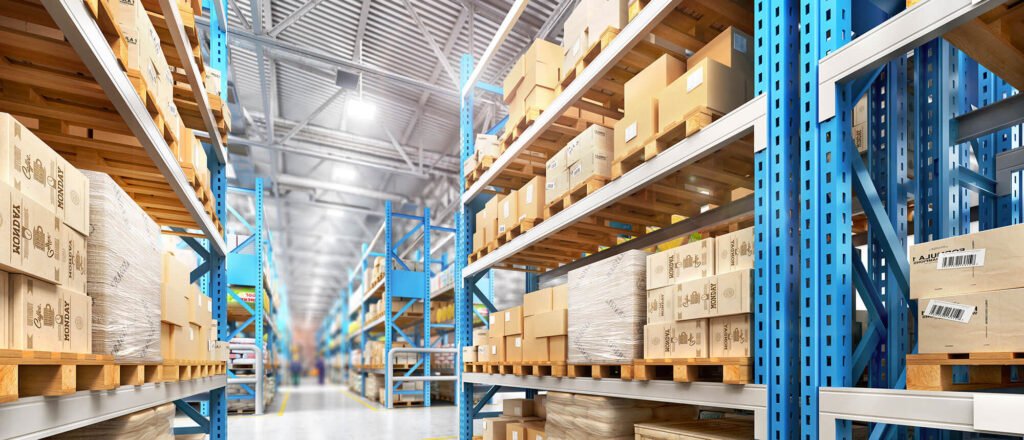
Using a fulfillment center can help online retailers save time and money. Fulfillment centers can provide a cost-effective way to store and ship orders and help retailers reach more customers by providing faster delivery times. Additionally, fulfillment centers allow retailers to outsource their order fulfillment process, freeing up their time to focus on other aspects of their business.
6 Steps to Setting Up Your Own Fulfillment Center
A fulfillment center is a warehouse where goods are stored and shipped by a third-party supplier. It’s a key component of e-commerce and online retailing, helping businesses save time, money, and energy when shipping orders to customers. Setting up your fulfillment center doesn’t have to be complicated or time-consuming. A clear plan and a good understanding of what it will take to create a thriving fulfillment center are essential. Here are the steps for setting up your fulfillment center:
1. Determine your fulfillment services.
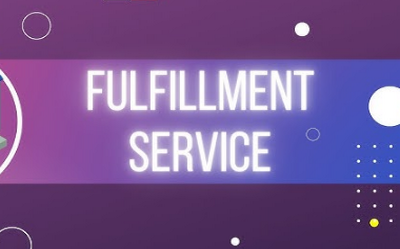
The first step to setting up your fulfillment center is to choose the right fulfillment services. Different services can provide different service levels, so deciding which ones you need is essential based on your business needs.
2. Determine your fulfillment center’s location.
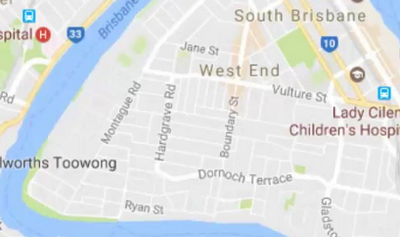
The location of your fulfillment center is an essential factor, and it should be close to the customer and convenient for the shipment of goods. Consider transportation costs, the availability of staff, and the stock you will need to store.
3. Assess your inventory management needs.

Inventory management is critical to a thriving fulfillment center. You need to be able to store, track, and manage your inventory to ensure that you have the goods available to meet customer demands.
4. Choose a warehouse management system.

The warehouse management system you choose is critical to the success of your fulfillment center. This system should integrate with your inventory management system, provide real-time inventory updates, and enable you to keep up with customer orders.
5. Outsource fulfillment services
If you can’t set up your fulfillment center, you might consider outsourcing fulfillment services. It will enable you to take advantage of the expertise and reliability of a third-party provider while still enjoying the benefits of having your own fulfillment center.
6. Manage Your Fulfillment Center
Once your fulfillment center is up and running, it’s essential to manage it properly. It means ensuring all processes run smoothly and that customer orders are fulfilled promptly.
By following these steps, you can set up your fulfillment center and enjoy the convenience and efficiency of e-commerce. You’ll be ready to start offering customers the best possible service with the right fulfillment services, a good location, and a robust inventory management system. And with a little bit of effort, you’ll be on your way to setting up a thriving fulfillment center.
What Makes a Fulfillment Center Different from a Warehouse?
The primary difference between a fulfillment center and a warehouse is their level of customization and customer service. A fulfillment center is designed to provide customized services tailored to the specific needs of its customers, from order processing and tracking to item packing and shipping.
In addition, a fulfillment center is usually smaller than a warehouse, so it can quickly and accurately process orders and provide faster, more reliable delivery times. Since all orders are handled in-house, a fulfillment center can also provide more accurate inventory management, which is essential for efficient order processing and delivery.
The Different Types of Fulfillment Centers
There are several fulfillment centers, each providing unique services, and amenities. Here are some of the most common types of fulfillment centers:
Retail Fulfillment Centers: These centers are used to store and ship out products sold in retail stores. They are often located near the stores, making it easy to ship out products as soon as they are sold.
E-Commerce Fulfillment Centers: These centers are typically used by e-commerce companies to store and ship products. They are equipped with the latest technology, making it easy to keep track of orders and quickly ship them out to customers.
Third-Party Fulfillment Centers: These centers are used by companies that outsource their fulfillment operations. They provide the necessary services to ensure products get shipped out quickly and efficiently.
The Pros and Cons of a Fulfillment Center for Your Business
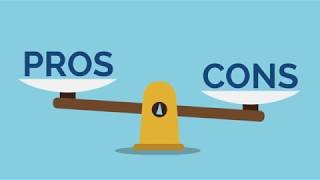
In the e-commerce sector, a fulfillment center plays a vital role in providing customers with a seamless shopping experience. It allows companies to store and ship products to customers quickly and cost-effectively while providing various other services. But is a fulfillment center right for your business? Let’s examine the pros and cons of a fulfillment center and what it could offer your business.
Pros:
- increased efficiency in order processing and inventory management.
- reduced labor costs due to automation.
- increased customer satisfaction with faster shipments.
- improved tracking and accountability for orders and inventory.
- increased visibility into the supply chain
Cons:
- potential for errors in order fulfillment.
- increased capital costs due to the need for automated equipment and software.
- increased complexity in order tracking and inventory management.
- increased risk of theft or loss of goods.
- increased potential for disruption due to weather, power outages, or other external factors.
How to Find the Right Fulfillment Center for Your Needs
A fulfillment center is a third-party logistics provider (3PL) that stores and distributes products on behalf of eCommerce businesses. They help manage the entire order fulfillment process, including order processing, shipping, and returns. It makes it easier for eCommerce businesses to get their products to their customers quickly and efficiently. When finding the right fulfillment center for your business, there are several factors to consider.
Location:
The location of the fulfillment center is one of the most important aspects to consider. You want to find a facility that is close to your suppliers and customers so that you can reduce shipping costs and transit times. You should also evaluate the local infrastructure, such as roads and highways, to ensure that you can transport your products quickly and safely.
Size:
The size of the fulfillment center is also an essential factor to consider. A larger facility can provide more services and take on larger orders, but it can also be more expensive. Smaller facilities may be less expensive, but they may not have the capacity to handle larger orders.
Services:
Many fulfillment centers provide various services, including order packing, shipping, and tracking. Make sure the provider you choose offers the services you need. Additionally, looking for a fulfillment center that can provide custom solutions for your unique needs would be best.
Cost:
Cost is a significant factor when choosing a fulfillment center. It would be beneficial if you compared the prices of various providers to ensure you get the best value for your money.The price should include all fees and services, such as shipping and handling fees, warehouse fees, and other fees associated with fulfilling orders.
Reputation:
You should also consider the importance of the fulfillment center. You want to ensure they are reliable and trustworthy, as they will be responsible for delivering your customers’ orders. You can research what other customers have said about the provider.
Best Practices for Managing a Fulfillment Center
- Keep accurate and up-to-date inventory records: It’s essential to keep accurate and up-to-date inventory records to ensure that your customer’s orders are fulfilled quickly and accurately.
- Utilize warehouse automation: automation can help streamline fulfillment operations and reduce errors. Automation can include anything from robotic pickers to automated bagging and shipping systems.
- Invest in the right technology: Technology can help ensure that operations are running smoothly and that customers receive their products promptly. Ensure that your fulfillment center has the right technology for tracking and managing orders and processing payments.
- Leverage data: By leveraging data, you can track inventory levels, customer preferences, and order trends. It will help you make better decisions about operating and improving your fulfillment center.
- Create processes and procedures: Developing standard processes and procedures is essential to ensuring that your fulfillment center runs smoothly.
- Train your team: A well-trained team is essential for managing a fulfillment center. Ensure your team is trained in the latest fulfillment technologies and processes.
- Monitor performance: It’s essential to measure and monitor the performance of your fulfillment center to ensure that it is running efficiently and meeting customer expectations.
- Focus on customer service: Your customers should always be your top priority. Make sure that your team is focused on providing excellent customer service. By following these best practices, you can ensure that your fulfillment center runs efficiently and meets your customers’ needs. Your fulfillment center can become a valuable asset for your business with the right processes and technology.
A Look at the Latest Innovations in Fulfillment Centers
The latest innovations in fulfillment centers are improving the speed and accuracy of order fulfillment, reducing costs, and boosting customer satisfaction. Here’s a look at some of the latest developments in fulfillment centers and how they can benefit your business.
Robotic Order Fulfillment:
Automation can help improve order fulfillment efficiency and reduce costs. Automation systems use robots to pick, pack, and ship orders, reducing the need for manual labor. It can save businesses time and money by increasing accuracy and reducing errors.
Voice-Activated Order Fulfillment:
Voice-activated systems are becoming increasingly popular in fulfillment centers. These systems allow customers to place and receive orders quickly without entering data or using a touch screen. It is a great way to improve customer service, save time, and reduce labor costs.
3D Printing:
3D printing is becoming increasingly popular for fulfilling orders in fulfillment centers. This technology can be used to quickly and cheaply fulfill orders for small and large businesses alike. Using 3D printing, companies can reduce costs, speed up the order fulfillment process, and improve customer satisfaction.
Inventory Management:
Inventory management is critical to any thriving fulfillment center. Automated systems can help companies keep track of inventory and ensure orders are fulfilled correctly. It can help reduce costs, speed up order fulfillment, and improve customer satisfaction.
Understanding the Challenges of Online Stores
One of the biggest challenges of running an online store is fulfilling orders. As orders come in, they must be processed, packaged, and shipped, which requires significant organization and resources. To handle this process, many online stores outsource their fulfillment needs to fulfillment centers.
Another challenge of running an online store is managing the payment process. Many different payment methods are available today, each with its own security and processing requirements. Understanding the additional payment processing requirements can be challenging, and setting up the appropriate payment processing can be time-consuming.
Finally, managing customer service can be a challenge as well. As orders come in, customers may have questions or issues that need to be addressed. A knowledgeable and helpful customer service team is essential for keeping customers happy and maintaining a successful online store.
Wind Up
In conclusion, a fulfillment center is a valuable asset for any business that needs assistance with its supply chain management, inventory control, and shipping needs. It can significantly reduce costs, improve efficiency, and provide an excellent customer experience. With the help of a fulfillment center, businesses can ensure that their products are delivered quickly, accurately, and on time.